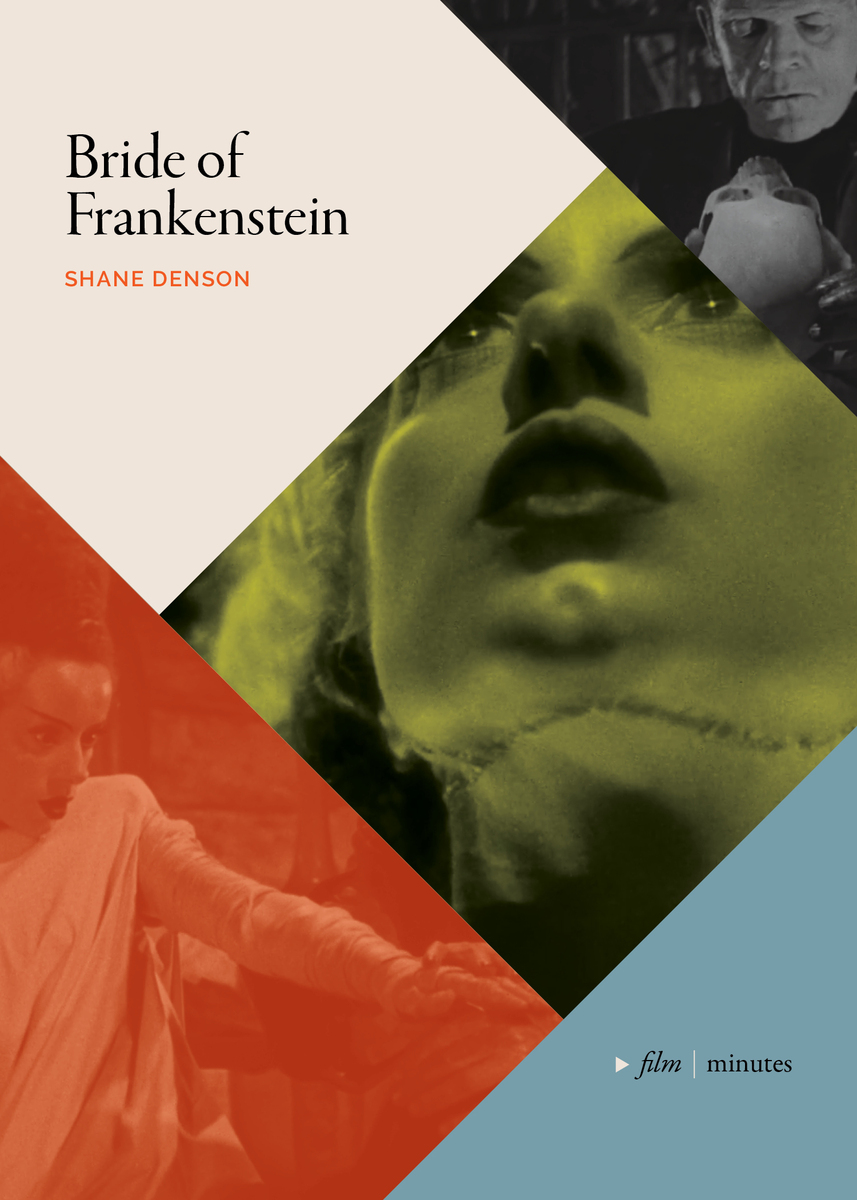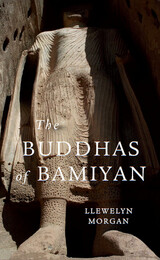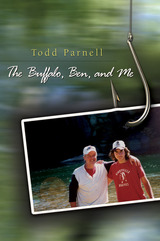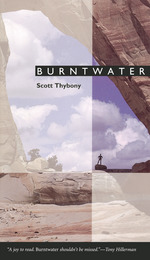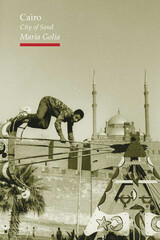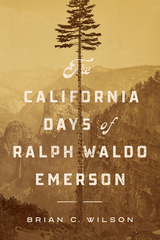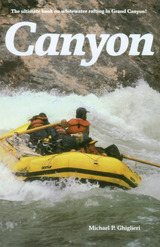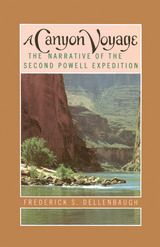Bride of Frankenstein
Lever Press, 2025
Paper: 978-1-64315-084-0 | eISBN: 978-1-64315-085-7
See other books on: Bride | Denson, Shane | Frankenstein | Genres | Horror
See other titles from Lever Press
Paper: 978-1-64315-084-0 | eISBN: 978-1-64315-085-7
ABOUT THIS BOOK | AUTHOR BIOGRAPHY | REVIEWS | TOC | REQUEST ACCESSIBLE FILE
ABOUT THIS BOOK
The inaugural volume in the film|minutes book series, this book offers a close, minute-by-minute analysis of director James Whale’s iconic 1935 masterpiece Bride of Frankenstein. Alternating between a variety of analytical lenses, including descriptive, historical, and philosophical, this study breaks from conventional forms of film-analytical writing and offers an experiment in defamiliarization and looking anew. In the 1930s, the film opened a space for reflection on the rapid normalization of filmic sound, which it both relies on and estranges. In the 2020s, Bride of Frankenstein brings forth questions of new technological mediums such as artificial intelligence and the transformation of human agency. Shane Denson argues that such associations should not be written off as mere anachronism, but seen, rather, as a strategy of serialization; that is, it is by means of such anachronism that a film like Bride of Frankenstein remains open to new developments and novel situations, and thus comes alive for future viewers.
Volumes in the film|minutes series cut up films into segments of exactly one minute and transform each minute into an innovative tool for thinking with the film. Each volume works rigorously with the concept of “the minute” as a non-cinematic scale/quantity, a means to zoom in on (dis)orderly fragments that do not necessarily respect the confinements of cinematic form or meaning. As a critical practice, the focus on minutes causes disruptions and displacement that create novel connections and perspectives, and uncovers hidden traces, making it possible to watch each film anew.
Volumes in the film|minutes series cut up films into segments of exactly one minute and transform each minute into an innovative tool for thinking with the film. Each volume works rigorously with the concept of “the minute” as a non-cinematic scale/quantity, a means to zoom in on (dis)orderly fragments that do not necessarily respect the confinements of cinematic form or meaning. As a critical practice, the focus on minutes causes disruptions and displacement that create novel connections and perspectives, and uncovers hidden traces, making it possible to watch each film anew.
See other books on: Bride | Denson, Shane | Frankenstein | Genres | Horror
See other titles from Lever Press
